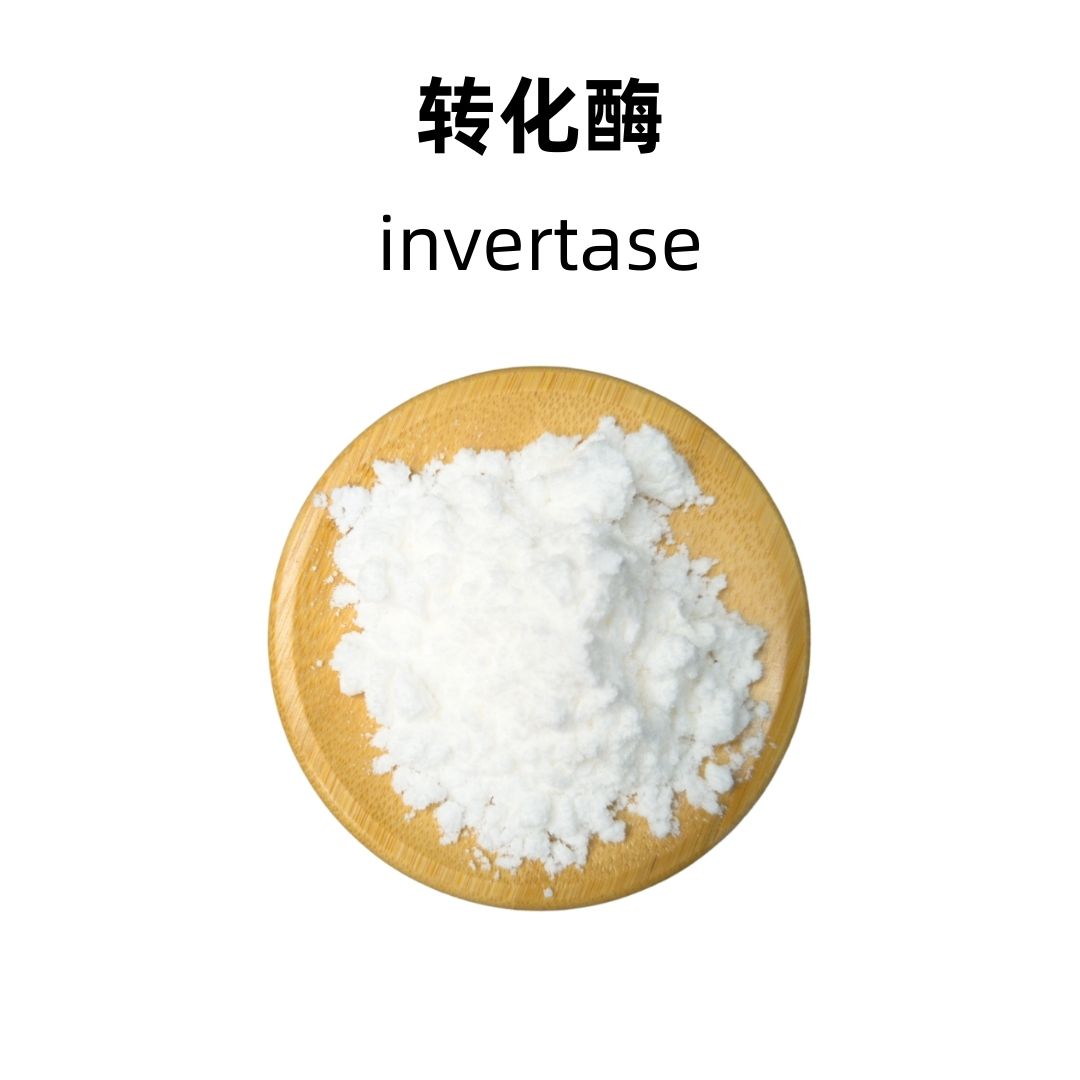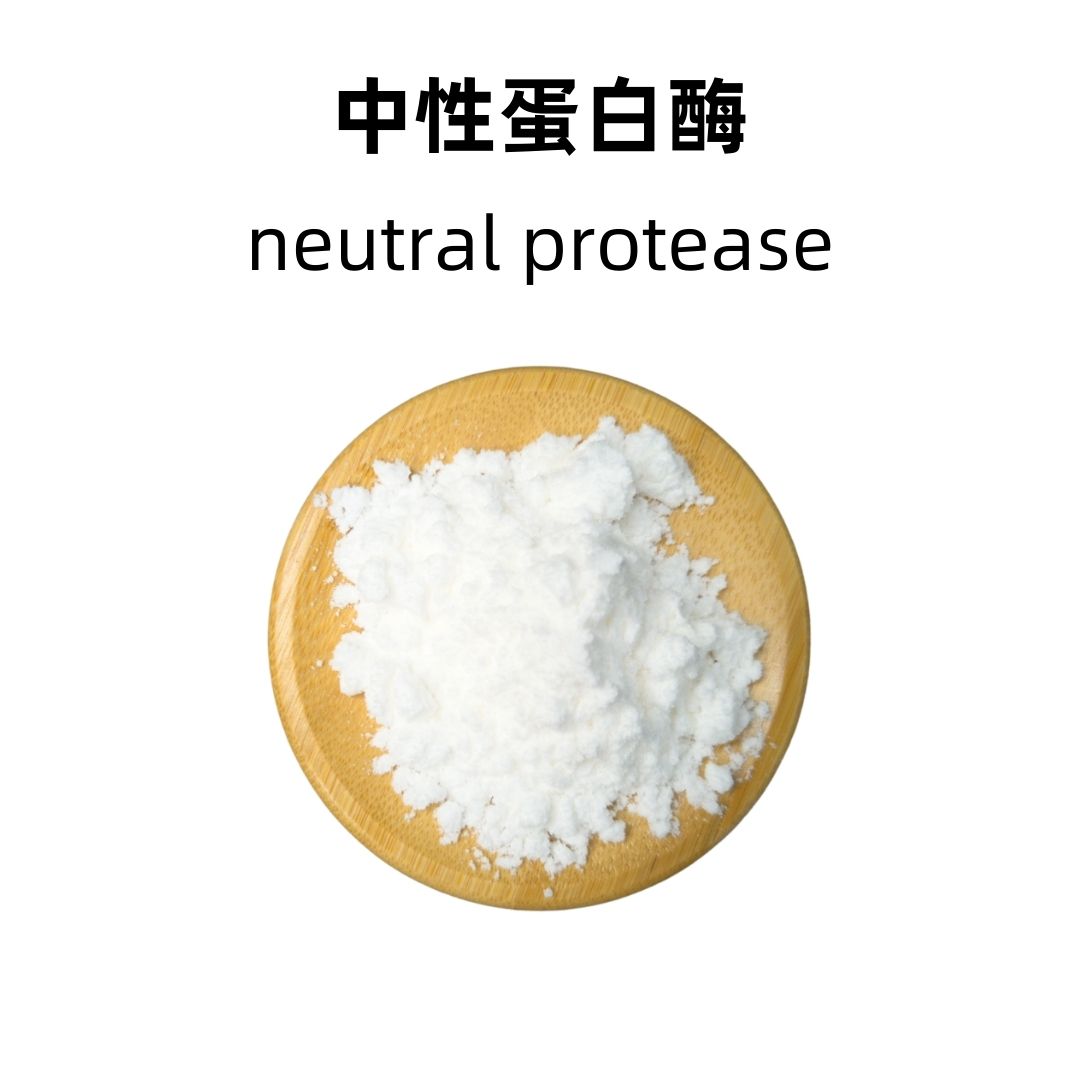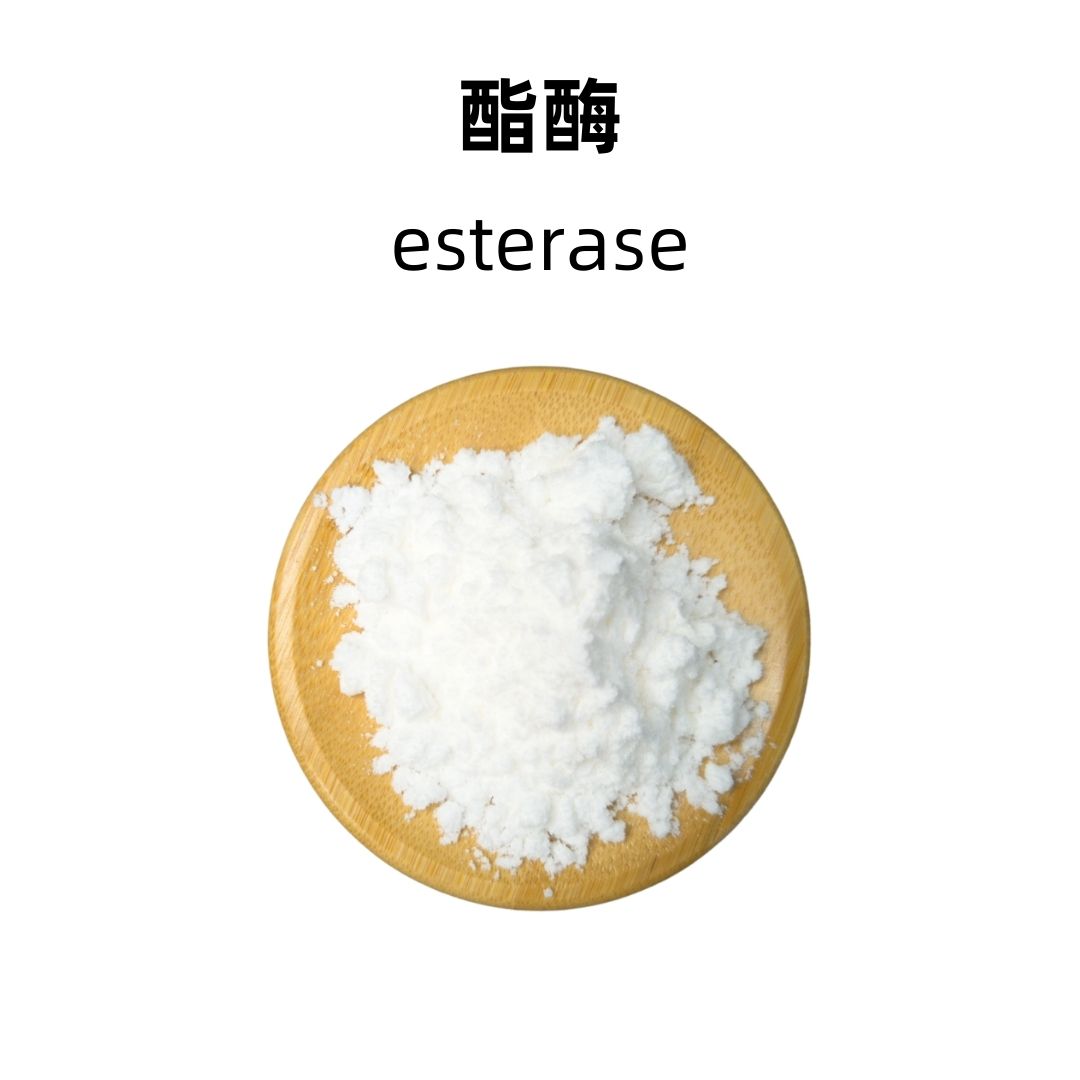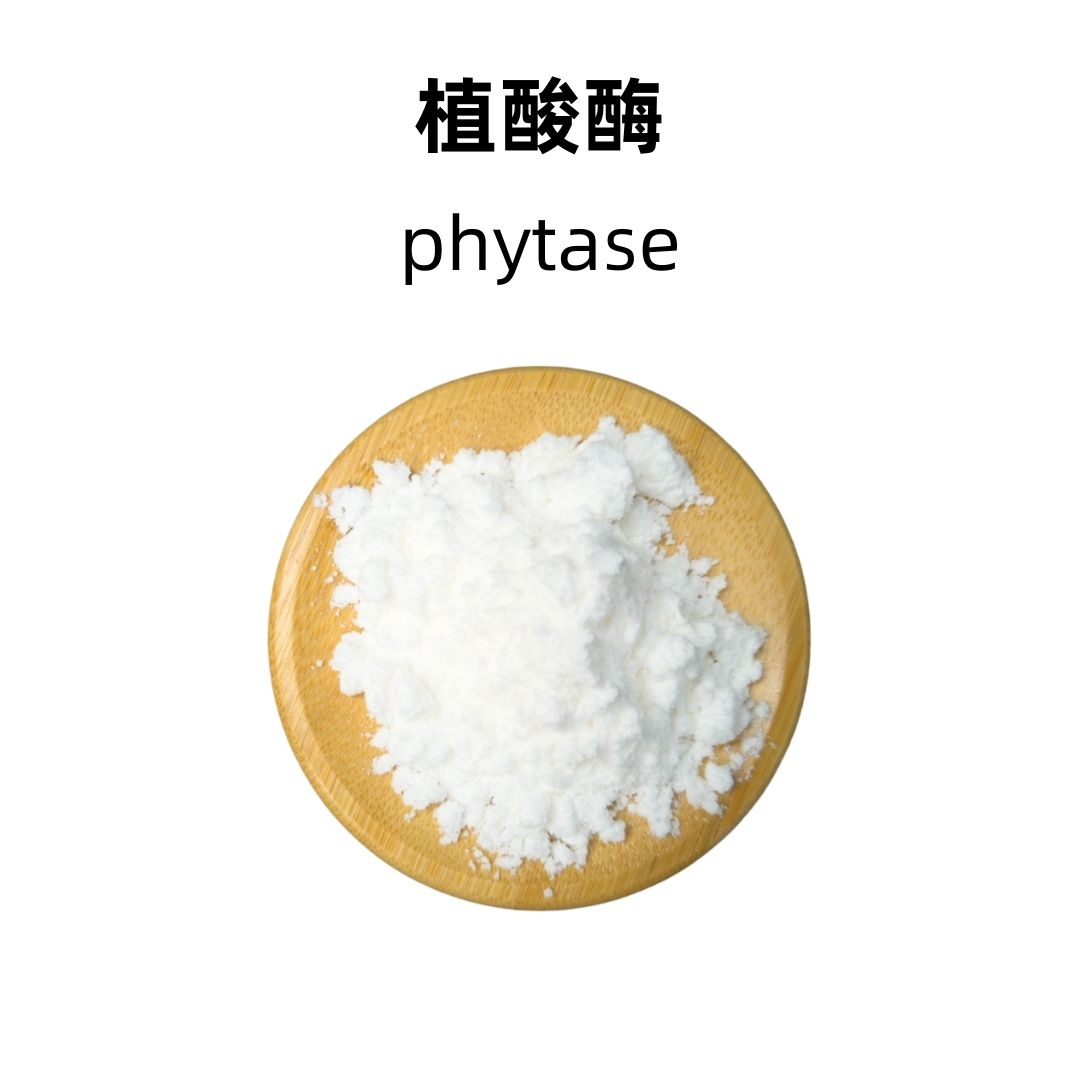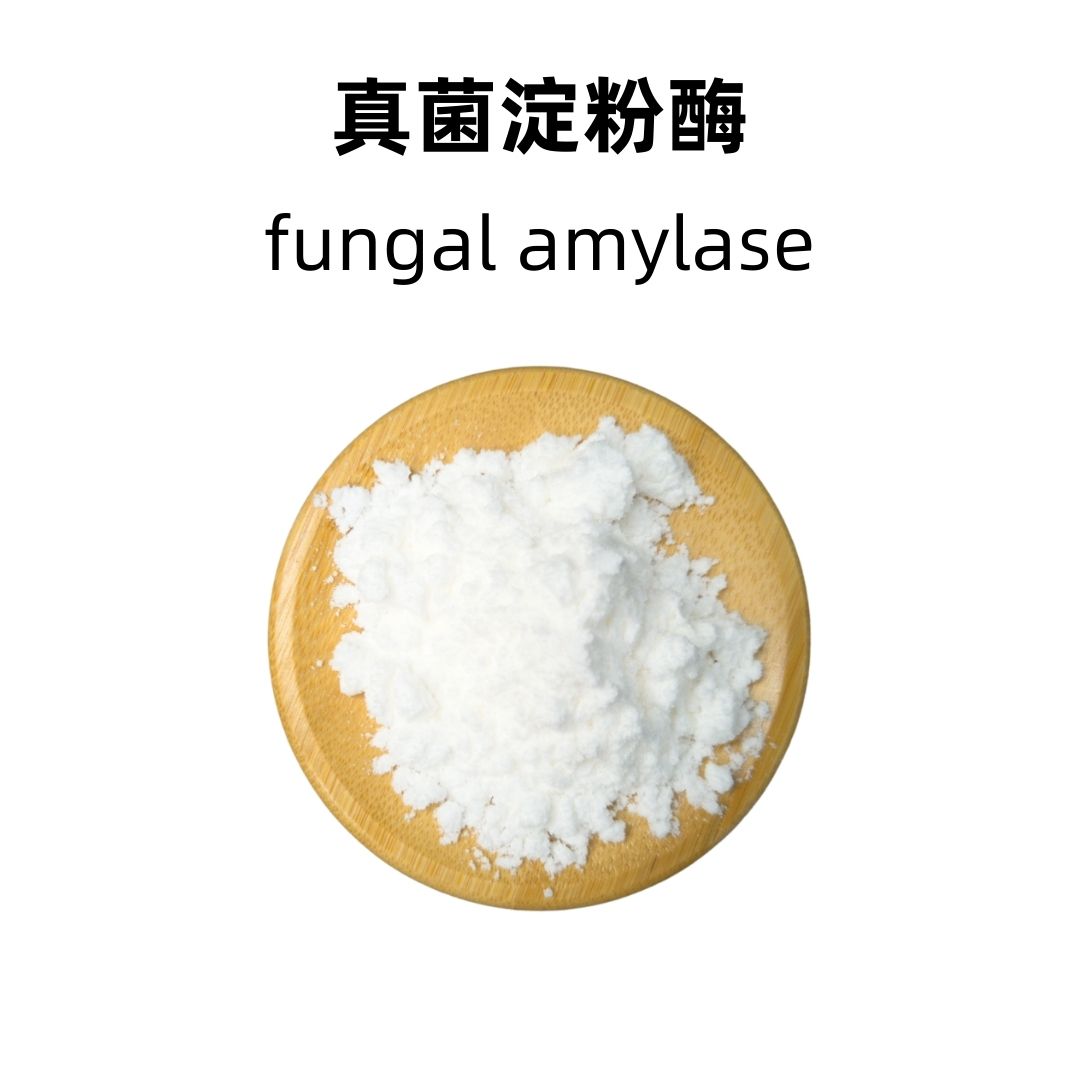Product Introduction
Phospholipase D is an enzyme that catalyzes the hydrolysis of phospholipids, producing phosphatidic acid and other lipid molecules. It plays a significant role in various biological processes, including cell signaling and membrane dynamics. By manipulating lipid structures, phospholipase D can influence biological pathways and functions in different organisms.
Production Process
The production of phospholipase D typically involves fermentation processes using specific microorganisms, such as bacteria or fungi, known for their ability to produce this enzyme. After fermentation, the enzyme is extracted and purified through various methods, including precipitation, filtration, and chromatographic techniques. Ensuring the enzyme's stability and activity is vital throughout the production process.
Effects and Functions
Phospholipase D has several important effects and functions, especially in lipid metabolism. It is involved in cell signaling pathways by generating second messengers like phosphatidic acid. This compound can affect various cellular processes including cell proliferation, migration, and differentiation. Additionally, phospholipase D can modify membrane vesicles and influence receptor activities.
Application Scenarios
Phospholipase D is widely used in food industries for flavor development and texture modification. In pharmaceuticals, it plays a role in drug formulation and delivery, enhancing the bioavailability of lipid-soluble compounds. Biotechnological applications include its use in metabolic engineering to produce biofuels and other valuable products derived from lipid precursors.
Packaging and Storage
Storage Conditions: The product should be sealed, protected from light, kept away from high temperatures, and stored in a dry, cool, and well-ventilated place.
Packaging: Bulk: 25 kg per fiber drum. Sample: 1 kg per aluminum foil bag. Custom packaging is available upon request.
Shipping Methods: FedEx, DHL, dedicated logistics, and sea freight consolidation.
Shelf Life: Two years.
Monica Sun possesses extensive technical expertise and market insights in the food additives industry. She excels in designing efficient and safe additive formulations tailored to various food applications, ranging from sweeteners to functional dietary fibers. Monica has successfully assisted food manufacturers in optimizing ingredient combinations to enhance product quality and improve consumer satisfaction.









